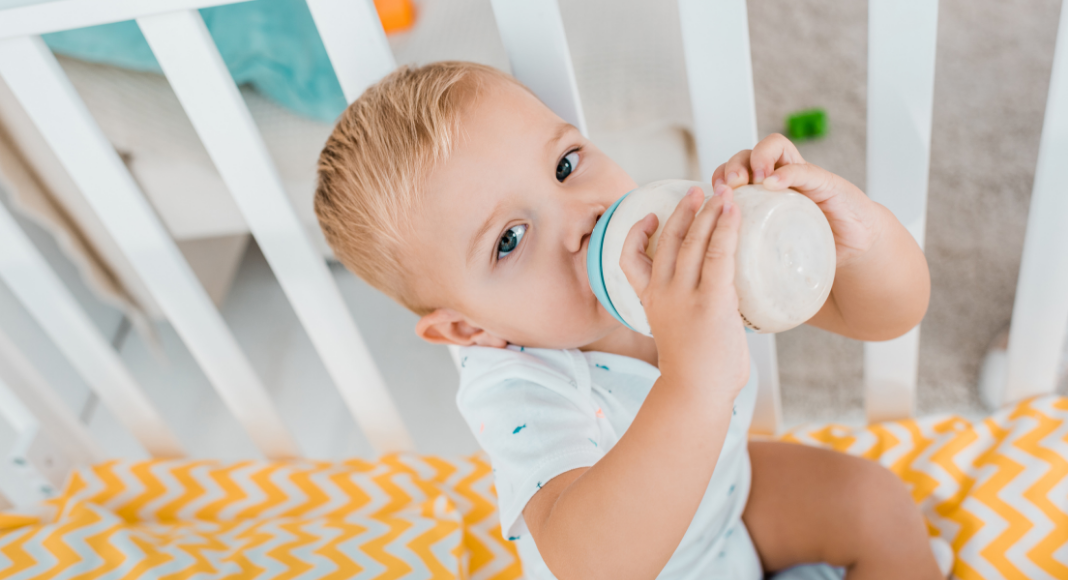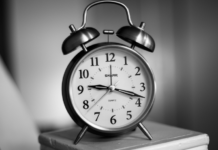 If your child has celebrated their first birthday and still drinks from a bottle, your pediatrician is probably encouraging you to switch to a cup.
If your child has celebrated their first birthday and still drinks from a bottle, your pediatrician is probably encouraging you to switch to a cup.
That recommendation may send shivers down your spine. Toddlers can be very attached to their bottle, especially if they’re using it to fall asleep. You may be attached to it, too. Bottles can make naps and bedtime easy, and rocking or snuggling with your child as they drink can be a lovely way for both of you to wind down and relax at the end of a busy day.
If you can’t imagine how your child will manage without their bottle, you may be tempted to nod politely and ignore your pediatrician’s advice. But before you dismiss their recommendation, consider the following reasons why they’re pushing for the switch to the cup.
Tooth decay.
Toddlers who walk around drinking from a bottle all day, especially those who fall asleep with a bottle, are at greater risk for tooth decay. Milk, formula, and juice contain sugar, which clings to teeth and doesn’t get washed away by saliva. It’s not unusual for children that fall asleep on the bottle at bedtime to have major dental problems by the time they’re two years old – and baby teeth problems can impact adult teeth as well. Be sure you’re brushing your toddler’s teeth after they’ve had their final drink of the day.
Iron deficiency and decreased appetite.
Milk is a great source of vitamin D. It’s not a good source of iron. In fact, drinking too much milk can actually make it harder for your child’s body to absorb iron from other sources. The American Academy of Pediatrics recommends limiting your toddler’s milk intake to 16 ounces (or two cups) a day to maintain adequate Vitamin D levels and healthy iron stores. Too much milk from the bottle can also suppress your child’s appetite and make them less hungry for solids that provide iron and other important nutrients.
Ear infections.
Drinking from a bottle, especially while lying down, puts children at greater risk for ear infections. Young children’s Eustachian tubes, the passageways that drain fluid from the middle ear to the back of the throat, are much shorter and more horizontal than adult tubes, which means that they don’t drain as easily. Because sucking creates a vacuum, fluid can easily accumulate and create an environment for bacteria and infections to thrive.
Sleep disruptions.
If your child relies on a bottle to fall asleep, there’s a good chance that they’ll need it again to go back to sleep when they wake up in the middle of the night. The wake-ups may be brief – your child may reach across the crib, grab the bottle, and fall right back to sleep – but even those brief wakings can affect the quality of their sleep. And, of course, if you’re in charge of retrieving or re-filling those bottles or changing soaked through diapers at 2 am your sleep is disrupted as well!
So what’s the best way to say bye-bye to the bottle at bedtime? Every situation is different, of course – but here’s a strategy I typically recommend:
1. If you haven’t already, introduce a cup. Spouts, spill-proof rims – there’s a mind-boggling array of “trainer” and “no mess” cups on the market, and you may need to experiment to find the one that works best for your child (speech therapists recommend straws instead of spouts because the mechanics of sucking on a spout – especially the position of the tongue – can contribute to speech problems.) Whatever type you choose, offer frequent opportunities for your child to practice with their cup throughout the day.
2. Work on eliminating daytime bottles first, starting with lunch. Instead of offering the bottle, give your child milk in a cup at the table with their lunch. After a week or so, do the same for breakfast. When your child wakes up in the morning, instead of giving them a bottle right away, take them to the table and offer milk in a cup with their solids. After another week, move on to dinnertime.
3. Tackle the bedtime bottle last. Dropping the final bottle is bittersweet. It’s an undeniable sign that our babies are growing up – exciting and a little bit heartbreaking all at the same time.
To make the transition easier, you can try one of the following approaches…
- Reduce the amount of milk you offer in the bedtime bottle by an ounce or so every day or every other day. When you get down to two or three ounces, switch to offering a small amount of water in a cup instead.
- Dilute the bottle by adding more water and less milk every night until the bottle is filled with water only. Try not to drag this process out too long – a week to 10 days is usually enough time for your child to adjust. Once the bottle is filled with water only, you can switch to a small cup of water before lights out.
If the bottle is your child’s sleep crutch – if they fall asleep on the bottle at bedtime and need it to go back to sleep throughout the night – you may want to consider implementing a gentle sleep coaching plan to help them learn to fall asleep and back to sleep without it. Although it may seem like a huge leap, toddlers CAN learn to relax and fall asleep and back to sleep without a bottle with guidance and practice. The process may involve a few challenging nights, but in the end, they’ll have much healthier sleep (and teeth and ears, too!)

























